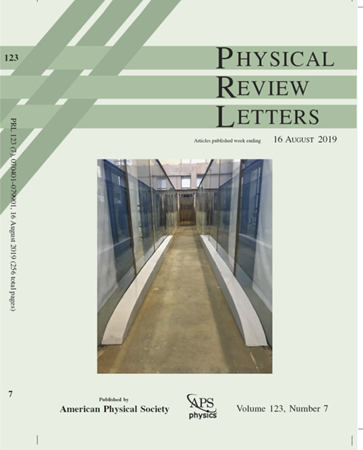Dynamical Landauer Principle: Quantifying Information Transmission by Thermodynamics
IF 8.1
1区 物理与天体物理
Q1 PHYSICS, MULTIDISCIPLINARY
引用次数: 0
Abstract
Energy transfer and information transmission are two fundamental aspects of nature. They are seemingly unrelated, while recent findings suggest that a deep connection between them is to be discovered. This amounts to asking: Can we phrase the processes of transmitting classical bits equivalently as specific energy-transmitting tasks, thereby uncovering foundational links between them? We answer this question positively by showing that, for a broad class of classical communication tasks, a quantum dynamics’ ability to transmit n bits of classical information is equivalent to its ability to transmit求助全文
约1分钟内获得全文
求助全文
来源期刊

Physical review letters
物理-物理:综合
CiteScore
16.50
自引率
7.00%
发文量
2673
审稿时长
2.2 months
期刊介绍:
Physical review letters(PRL)covers the full range of applied, fundamental, and interdisciplinary physics research topics:
General physics, including statistical and quantum mechanics and quantum information
Gravitation, astrophysics, and cosmology
Elementary particles and fields
Nuclear physics
Atomic, molecular, and optical physics
Nonlinear dynamics, fluid dynamics, and classical optics
Plasma and beam physics
Condensed matter and materials physics
Polymers, soft matter, biological, climate and interdisciplinary physics, including networks
 求助内容:
求助内容: 应助结果提醒方式:
应助结果提醒方式:


